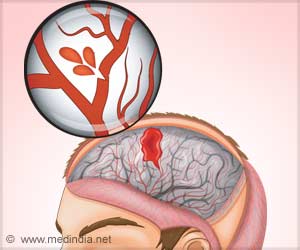The study group also had a high percentage of young patients who had strokes: more than a third were younger than 55, and nearly half were younger than 65. Pre-pandemic general population data showed 13% of strokes occurred in people under 55, and 21% in people younger than 65.
‘Coronavirus positive people have more severe strokes. ’
The data showed that that less-severe strokes, mostly in critically ill patients or overwhelmed health centers, were underdiagnosed. This finding is significant, the research team said, as minor or less-severe stroke may be an important risk factor for a more severe stroke in the future.
“Our observation of a higher median stroke severity in countries with lower healthcare spending may reflect a lower capacity for the diagnosis of mild stroke in patients during the pandemic, but this may also indicate that patients with mild stroke symptoms refused to present to the hospitals,” said Ramin Zand, M.D., a vascular neurologist and clinician-scientist at Geisinger and leader of the study group.
A group of Geisinger scientists and a team of experts from around the world formed the COVID-19 Stroke Study Group shortly after the pandemic began to study the correlation between COVID-19 infection and stroke risk.
Results from the first phase of the study, which included data on 26,175 patients, indicated an overall stroke risk of 0.5% to 1.2% among hospitalized patients with COVID-19 infection. The finding demonstrated that, even though there were increasing reports of patients with COVID-19 experiencing stroke, the overall risk is low.
“Our initial data showed that the overall incidence of stroke was low among patients with COVID-19, and while that hasn’t changed, this new data shows that there are certain groups of patients — for example, younger patients — who are more affected,” said Vida Abedi, Ph.D., a scientist in the department of molecular and functional genomics at Geisinger. “We hope these findings highlight new research directions to better identify patients at risk and help improve the quality of care.”
Source: Eurekalert



